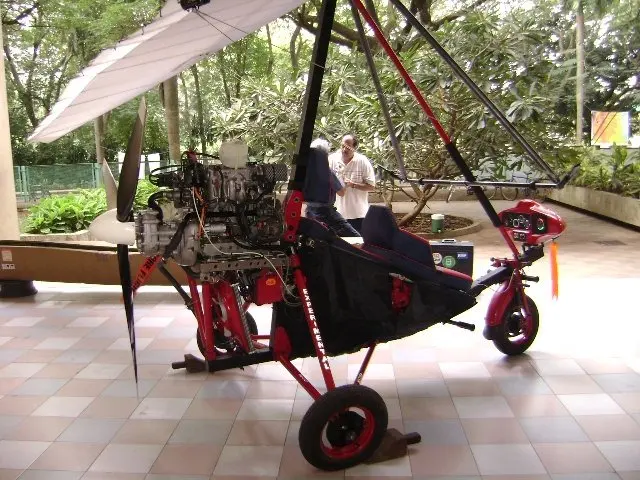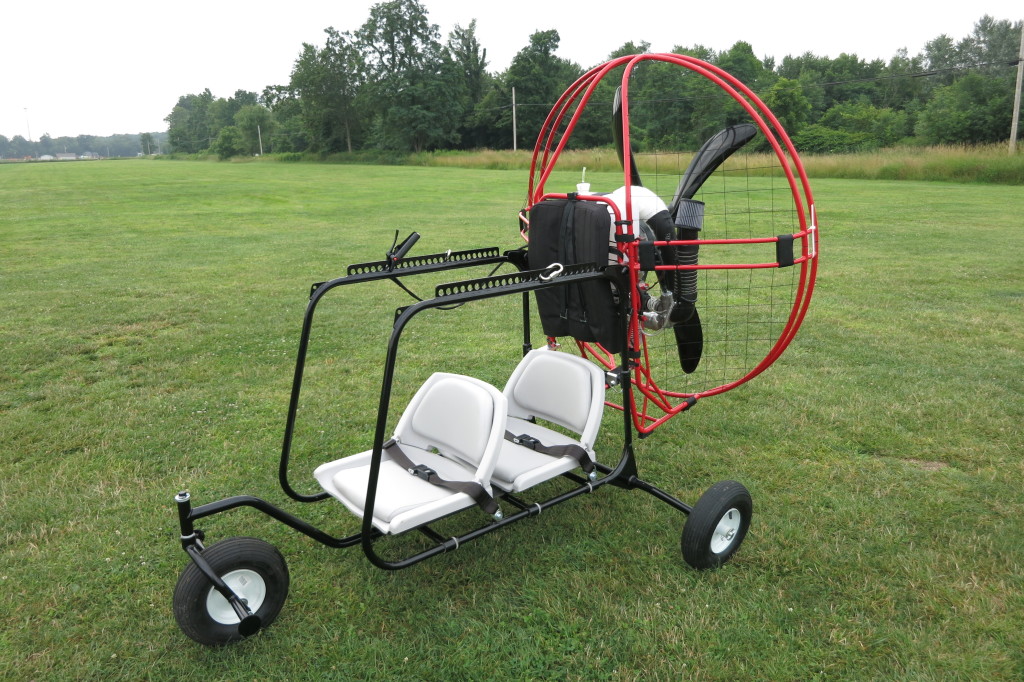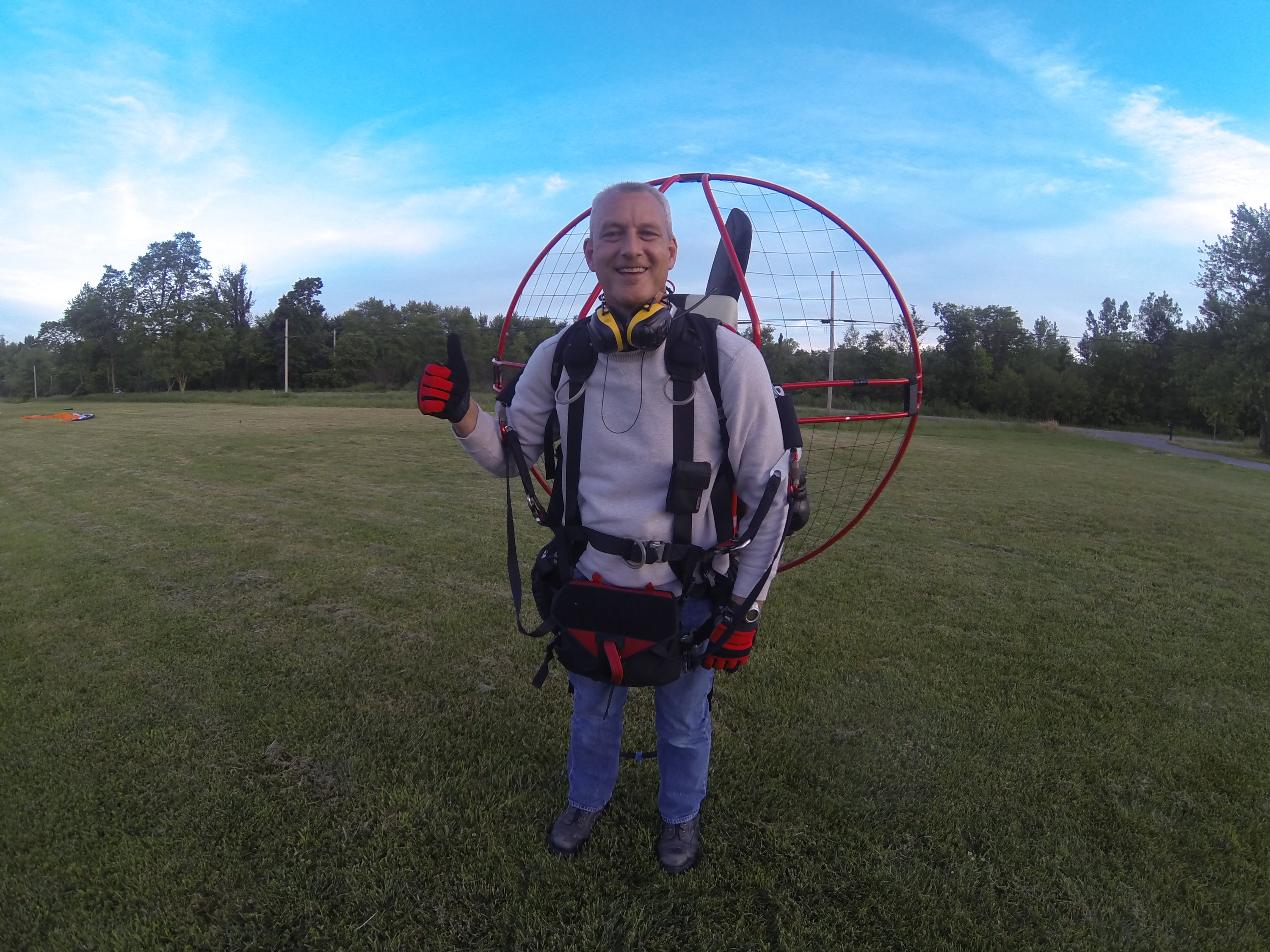

The reflex aerofoil profile is in fact improved by the greater rigidity of this type of batten, and this has an important effect on wing stability. The benefits of carbon fibre battens become immediately obvious from the greater stability that they provide. The reinforcement added for the wingtips is also new, designed to increase the durability of laminate sails while also giving competition hang gliders a new and more aggressive design.Ĭarbon battens have a far higher rigidity when compared to aluminium battens, and so they give the hang glider greater stability and improved performance. This has made the glider more responsive, and improves the wing's efficiency in manoeuvres such as pulling out sharply from a high-speed dive. It gives the Laminar even better handling, along with unparalleled performance during glides.Įxperience in aerobatic competition flying has led to new centre-section reinforcement, specially designed for use with Technora sails.
#POWERED HANG GLIDER FOR SALE FULL#
The full Technora sail is approximately up to 700 grams lighter than the standard sail and it has much higher elongation characteristics.


The Technora sail for the double surface, it offers even a more fascinating design, with the extra benefit of the weight reduction offered from this fabric. Icaro 2000 is committed to ongoing research in the quest for optimal quality and performance, and so the LSP sail has now been replaced by a new sail in Technora. It provides protection when the hang glider has been disassembled and closed. This cover improves the appearance of the rear part of the wing, and reduces the aerodynamic drag. The keel pocket now has an additional segment, a cover that hides the VG pulleys. The batten pockets on the under-surface are designed to to prevent the battens from sliding out when the hang glider is exposed to a strong tail wind while waiting at the launch site. The wingspan/battens ratio is now equivalent to that of the smaller models. The 14.1 and 14.8 models have one extra batten to further reduce profile deformation at high speeds. This has produced notable benefits in terms of handling, performance, stability, and flying pleasure for the pilot. The chord ratio between the central and wingtip sections has been modified, and this has made it possible to increase aspect ratio. Likewise the design of the inner leading edge canvas has also been modified, again to improve sail tension in the forward part of the wing. The design of the leading edge and the front part of the double surface has been modified to optimize profile shape and tension distribution. We spend particular attention to improve sail tension in the wingtip area, with a new tip wand and a different tension distribution to achieve a considerable better handling. The new design of the upper sail surface totally eliminates even the slightest degree of fabric deformation at all VG settings during flight. The leading edge is not interrupted at the nose by the presence of pockets for the Mylar stiffeners, and this ensures optimum, uniform leading edge tension distribution. The Laminar sail has 6 removable mini-battens on the trailing edge, with a total weight of less than 15 grams, which have eliminated the vibration that sometimes occurred in this part of the sail at speeds exceeding 100 km/h.


 0 kommentar(er)
0 kommentar(er)
